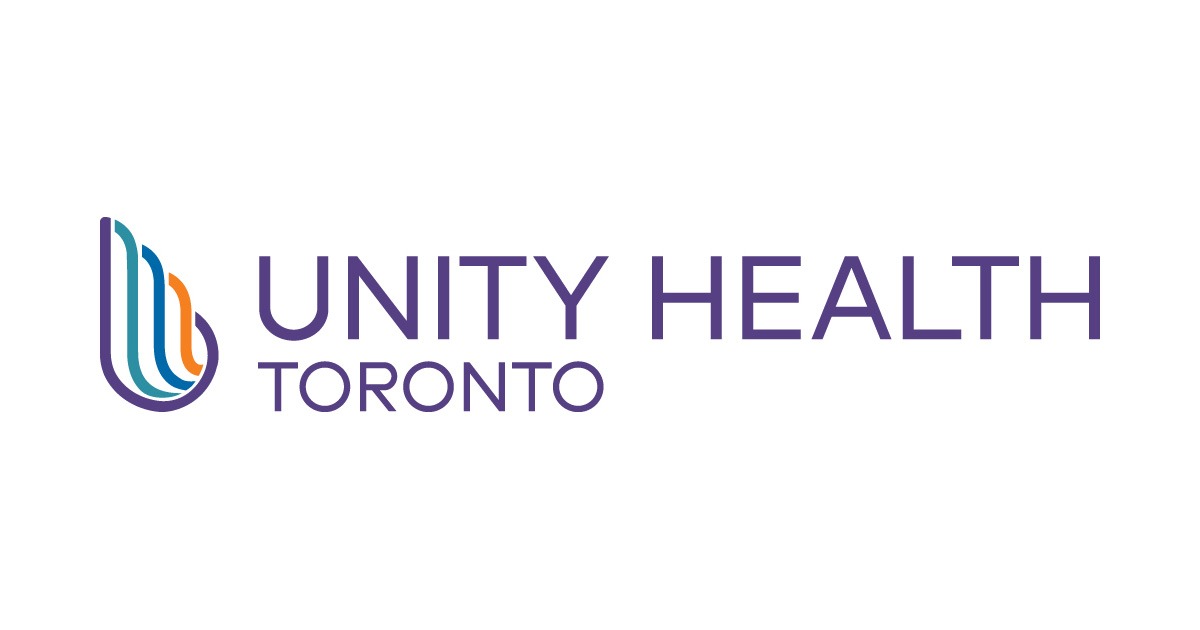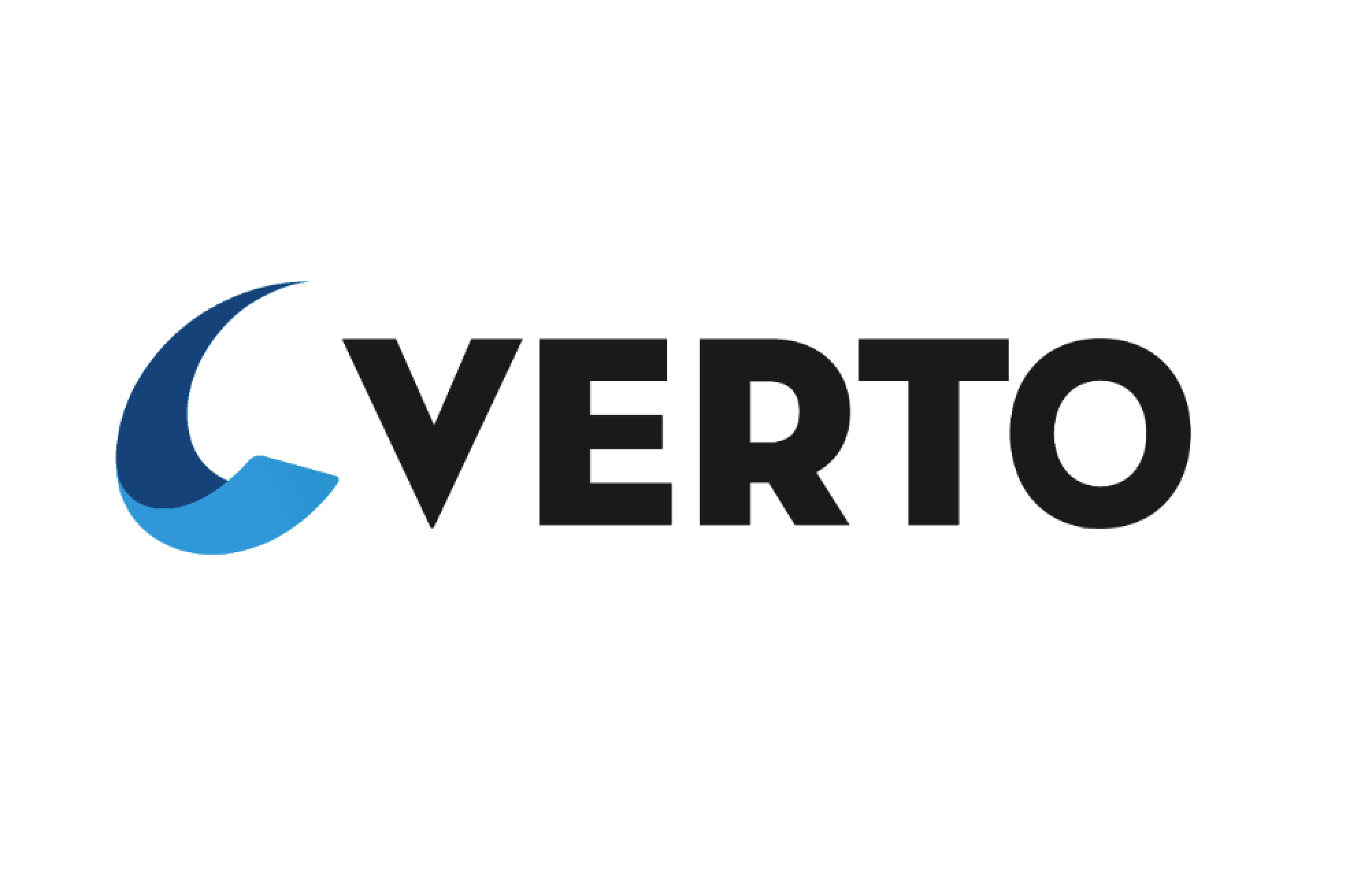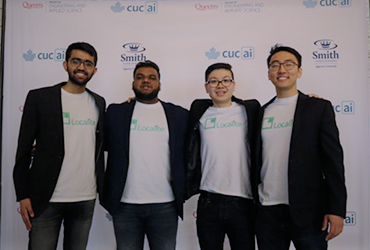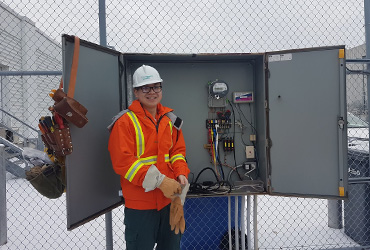
Hey there! It's nice to meet you!
I'm Adams, a Fullstack developer with a people-first mindset. I believe in keeping things user-friendly, both in my code and when communicating with stakeholders. Whether I'm fine-tuning frontend GUI work or building out end-to-end features. I always ensure my work is well documented and maintenance-friendly, I'm all about crafting software solutions that not only works but works well.
In my free time I enjoy traveling with friends and family, playing with my cats, watching basketball, and meeting new people! So please feel free to connect and share with me what you're passionate about!
Professional Experience

Unity Health Toronto - Fullstack Developer -
(May 2024 - Current)
My passion for healthcare and software development led me to join the Data Science and Advanced Analytics (DSAA) department at Unity Health Toronto, a leader in hospital-based AI solutions. As part of the product development team, I contribute to DevOps and play a key role in architecting innovative AI solutions for UHT's Epic integrations.

Verto Health - Fullstack Developer - (Nov 2021 - May 2024)
As a Fullstack Developer, I played a pivotal role in enhancing our existing software by spearheading the integration of Zoom and Webex video calling services. Additionally, I took the lead on internal configuration management initiatives, aiming to enhance the overall ease of use of our software. My tenure at Verto provided valuable opportunities for skill growth as I actively participated in significant projects across various stages of the software development life cycle.

IRIS Inc - Fullstack Developer - (Jan 2021 - Nov 2021)
During my time at IRIS, I was a Fullstack Developer with a primary emphasis on leveraging sensor data and advanced computer vision tools to forecast key performance indicators for road damage. I implemented my algorithm using Python, seamlessly integrating it into our existing codebase. Additionally, I contributed by developing and integrating small-scale features, enriching the functionality of the company's internal road tracking application.

Localite - Technical R&D - (Oct 2020 - Dec 2020)
I was a part of a team called Localite under the QMIND engineering design club; our mission was to create a SaaS business focused on predicting electrical asset failures for utility companies. We partnered with Utilities Kingston to develop an early stage proof of concept and participated in the 2020 Canadian Undergraduate Conference for AI (CUCAI) pitch competition. We placed first and gained the opportunity to pursue the project further with Kingston Utilities. However, due to COVID-19 the project was cancelled.

Toronto Hydro - Data Analytics Intern - (May 2019 - May 2020)
I did my one-year internship at Toronto Hydro under the customer-experience and reliability team. As a technical intern, my role involved creating reports and KPIs for all key account customers. During my time, I created a interactive dashboard using Tableau and Alteryx to give a visual KPI evaluations and rankings comparing all key accounts on the electric grid. I then worked with the IT department to productionalize these dashboards to be used throughout the company. My dashboard helped reduce creating reports by 30 minutes.
Projects

Dealsmate
Dealsmate is a marketplace web application that allows users to create their shopping lists.
Whenever items in the shopping lists go on sale, the app will notify the users and update them
with new prices. This is done by using Selenium to scrape information on the website given the
provided URL. Users have the option of editing their profiles and following other people's lists
as well.
Tools Used: React, Material-UI, Python, Flask, PostgreSQL, JWT, Socket.io, Celery, Selenium,
Cloudinary, and
Heroku

Linux Cluster Monitoring Agent
The Linux Cluster Monitoring Agent is a tool that allows IT admins to retrieve hardware info
about all server nodes that are connected within its local area network via an ethernet switch.
Data is stored on a PostgreSQL database and can be used to generate future resource planning
reports. Bash scripts were created and ran through a crontab job to automatically capture
real-time
memory-usage logs every
minute.
Tools Used: PostgreSQL, Docker, Google Cloud Platform, Bash scripting, and
crontab.

Power Line Fault Detection
The analysis looks at detecting partial discharges (PD) in power lines by evaluating
disturbances within voltage signals. Early detection helps prevent damage made on electrical
assets, leading to power outages or electrical fires. We used the VSB Power Line Fault Kaggle dataset
,and the results of our model gave a precision score of 0.815 and an F1-score of 0.778. For
further details,
please read our project paper.
Tools Used: Python, Jupyter Notebook,
Pandas, Scikit
Learn.
